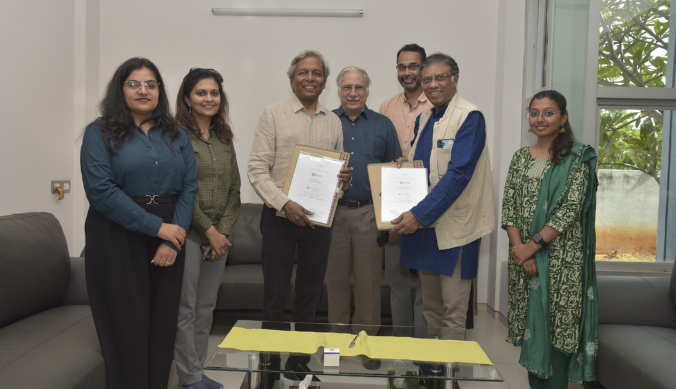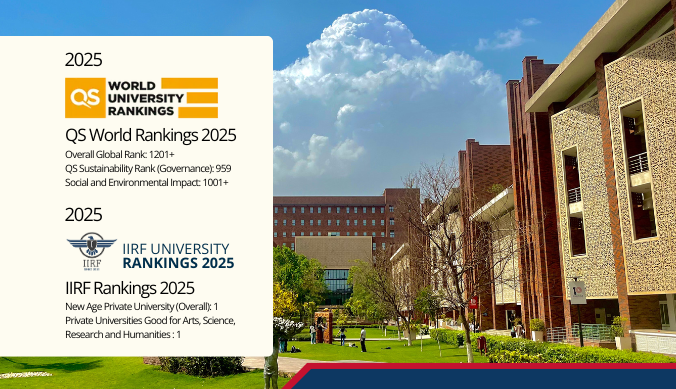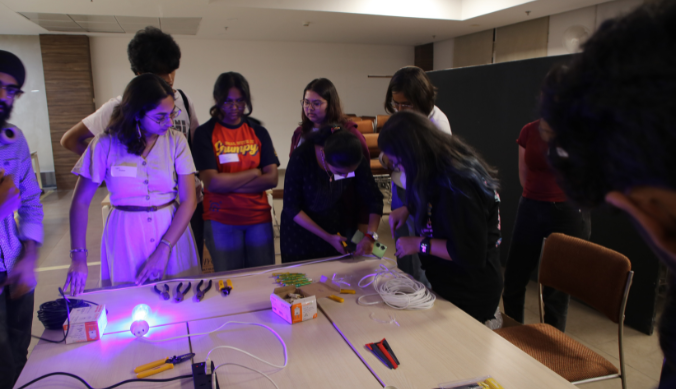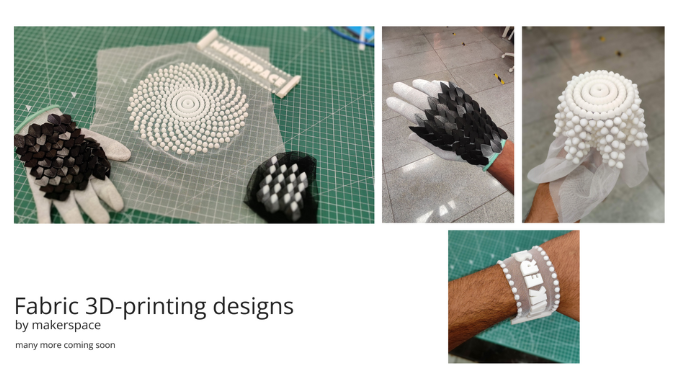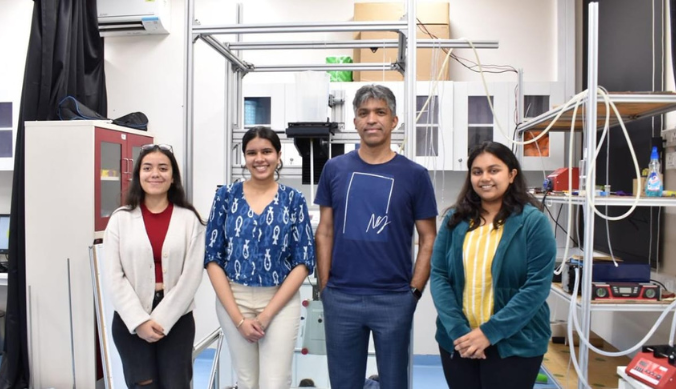The Process of Archiving: From Acquisition to Digitization
The process of archiving comprises collecting, organizing, storing and preserving primary source material both in analogue and digital format, write Deepshikha Salooja and D.S. Rawat
Archives of Contemporary India aims to build a rich and diverse collection of primary source material (both analogue and digital) for study and research ranging over rare original documents and archival materials including diaries, notes, letters, manuscripts, unpublished writings, press clippings, photographs, microforms, etc. ACI seeks to acquire collections through donations of private papers by eminent individuals and key institutions that have played a vital role in the development of modern India.
The process of archiving comprises collecting, organizing, storing and preserving primary source material both in analogue and digital format, sometimes a combination of both.
Acquisition: The first stage is the acquisition of private papers which involves the process of building trust and faith with the donors. The archives get in touch with donors via emails, telephonic conversations, and meetings spread over several weeks, months and years too, at times. The conversations hover around the preservation of the papers generated during the course of their eventful lives and making them available for study and research.
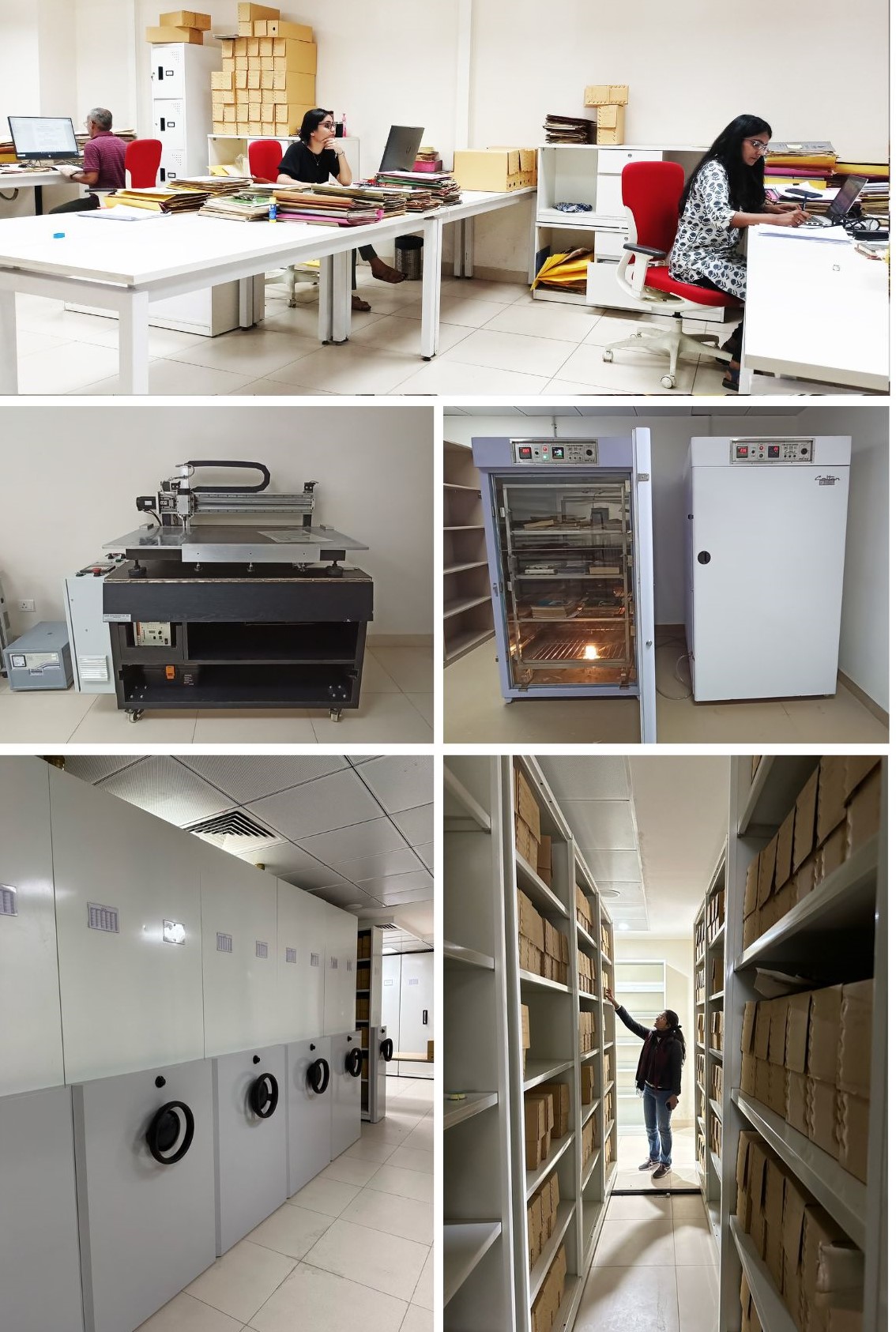
After the donor is convinced of our aims and objectives and agrees to donate the papers to the Archives, a team of archivists visits the donor and helps in sorting and selecting the papers for archiving. This involves identifying historically significant materials that may include handwritten notes, diaries, letters, manuscripts, drafts, etc. A preliminary list of the material is also prepared on the spot. ACI takes the responsibility of transporting the collection of papers to the campus from anywhere in the country. We have acquired some collections from overseas also by courier.
Once at the archives, the papers are disinfected in a fumigation chamber to get rid of dampness, booklice/worms, silverfish, etc. The documents are treated in the fumigation chamber for a specified period, usually for about 4 to 5 hours. A separate space has been dedicated for this purpose in the archives. The fumigated files are aired for a few days in a separate room before they are stored in acid-free boxes in the Archives Repository set up for preserving the archival material in temperature controlled environment.
Preservation is an essential part and responsibility of an archive. ACI follows a most non-intrusive method of protecting ageing documents. Without exposing the documents to chemicals, it ensures their longevity by enclosing fragile documents in archival glassine paper and storing them in acid-free handmade folders and carton boxes at an ideal temperature of 18 to 19 degrees temperature with a relative humidity of 30 to 40 degrees in the Archives Repository which is designed to minimize environmental factors that could damage the documents and other archival material such as varying temperature, humidity, and light.
Photographs are being preserved through the method of encapsulation that provides support and protection to fragile b/w old photos. ACI has acquired an encapsulation machine to prepare archival polyester covers as per the size of photos in the collections. The photos are enclosed in polyester covers and stored in acid-free photo boxes, specially designed for this purpose, in the Archives Repository.
Sorting, Listing and Cataloguing: Sorting of the papers forms an important part of archiving. It gives the archivists a fair idea of the contents of the collection and helps in listing and categorizing the archival material under different subject heads. Catalogues create descriptive records of archival materials in order to facilitate their discovery, access, and use by researchers. The documents are arranged in a logical order based on their content, date, and relevant information. Catalogues of collections are available in the Reading Room of ACI as well as on its website.
Digitization of selected documents and photographs has been taken up in each collection. The aim is to preserve the archival material, prevent frequent handling of the original fragile documents and make the material available to researchers and scholars worldwide on the ACI website. Besides photographs, slides/negatives, audio and videos are also being digitized. Catalogues of the collections and selected documents, photos, and audio/videos have been uploaded on the Archives website and can be accessed by scholars from anywhere in the world. Overall, archiving has a dual purpose, ensuring the preservation of archival material for posterity, and also making it accessible to the scholarly community at large.
(Deepshikha Salooja is Senior Archivist and Manager & D.S. Rawat is the Senior Archivist and Digitization Coordinator at the Archives of Contemporary India)
Study at Ashoka








